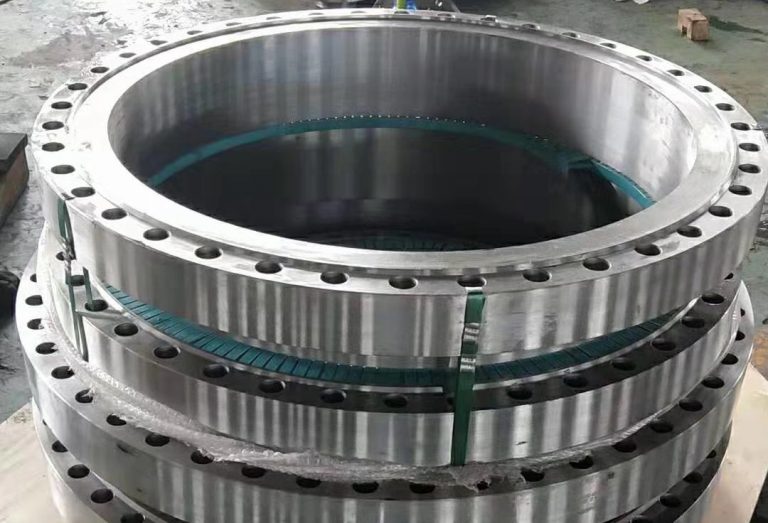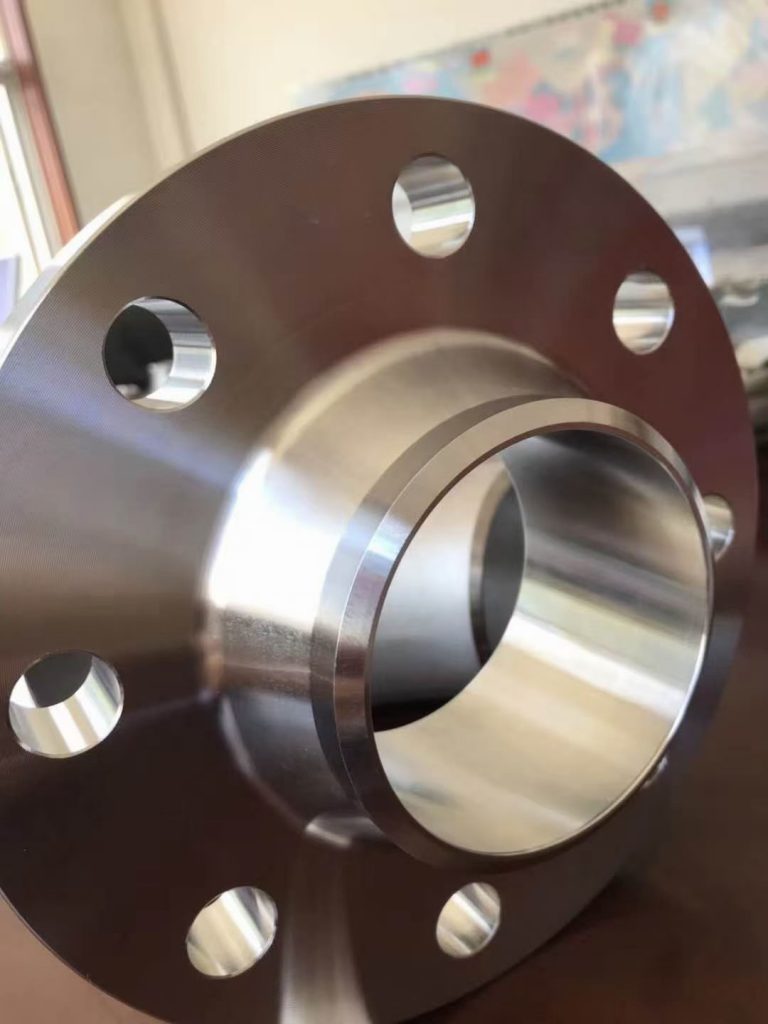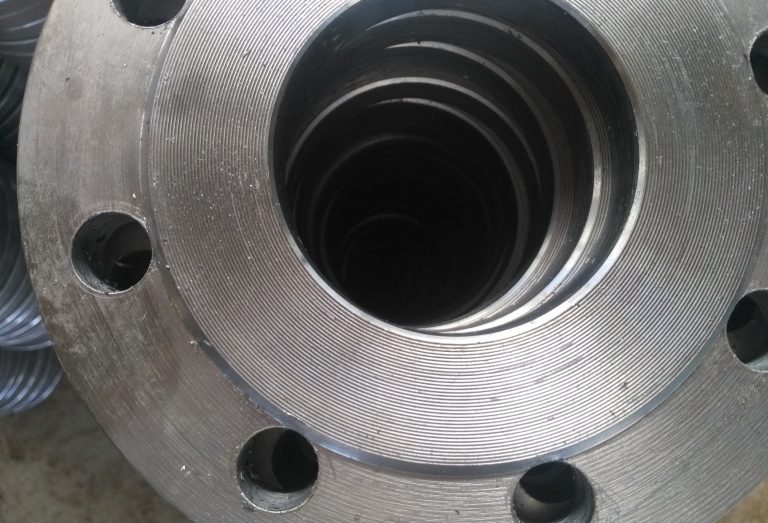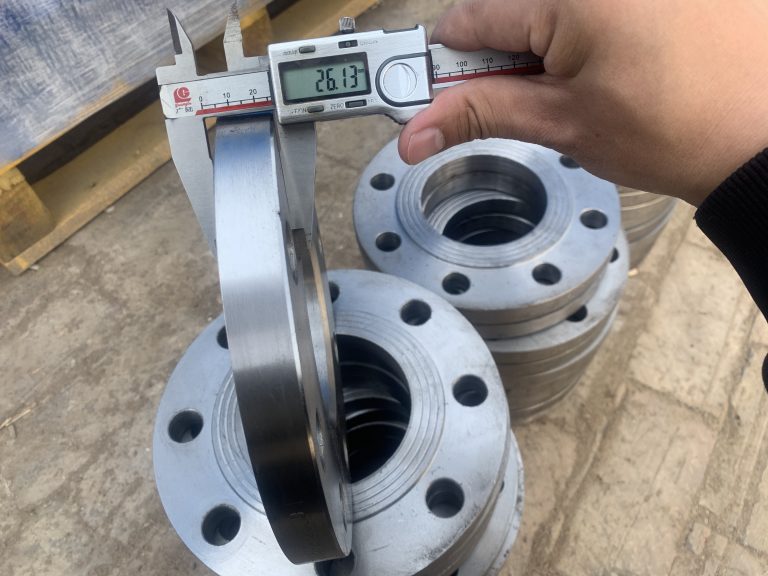In today’s blog, we will dive into the fascinating world of pipe measurements and explore the differences between OD and ID. Understanding these distinctions is crucial for various industries and applications. As we embark on this exploration, it is important to note that YANHAO stands as an expert authority in accurately defining pipe diameter. With years of experience and a strong reputation, we are your go-to partner in this field.

I. Understanding OD and ID
OD, or Outer Diameter, refers to the measurement of the widest point of a pipe’s circumference. On the other hand, ID, or Inner Diameter, represents the measurement of the pipe’s innermost width. These measurements are crucial in understanding the pipe’s dimensions and play a significant role in functionality, fittings, and connections.
The OD measurement determines the size of fittings, such as flanges or connectors, that will fit onto the pipe externally. It also helps in determining the pipe’s strength and resistance to external forces. For instance, in construction, OD is essential for selecting the appropriate pipe size to support the weight and pressure exerted on the structure.
In contrast, ID is vital for determining the flow capacity of the pipe. The inner diameter directly influences the pipe’s carrying capacity. For example, in plumbing applications, knowing the ID helps in ensuring an efficient flow of water or other fluid substances through the pipe.
Practical applications of OD and ID span across various industries. In the oil and gas industry, OD measurements are crucial for selecting pipes that can withstand harsh environmental conditions and high pressures. On the other hand, ID measurements are vital in industries like HVAC, where precise flow capacity is necessary for proper ventilation or cooling.
YANHAO, with its profound expertise, recognizes the importance of accurately measuring OD and ID and provides invaluable guidance to clients in selecting the appropriate pipe dimensions for their specific needs.
II. Differences between OD and ID
When it comes to the differences between OD and ID, several aspects come into play, including measurement techniques, purposes, and the influence of pipe thickness.
In terms of measurement technique, OD is typically measured from the outer surface of the pipe to the opposite outer surface, resulting in the widest point. On the other hand, ID is measured from the innermost surface of the pipe to the opposite inner surface, representing the narrowest point.
In regard to purpose, OD is primarily used for determining external fittings, such as flanges or connectors that need to fit onto the pipe. It also helps in assessing the structural strength and durability of the pipe. Conversely, ID is instrumental in understanding the pipe’s internal capacity and flow characteristics, playing a vital role in fluid transportation and ensuring optimal efficiency.
Pipe thickness is a crucial factor that affects the relationship between OD and ID. When the pipe walls are thick, the inner diameter reduces, resulting in a smaller ID compared to the OD. Conversely, thinner pipe walls will result in a larger ID compared to the OD. Understanding the relationship between OD, ID, and pipe thickness is essential to ensure accurate measurements and proper fittings.
At YANHAO, we possess extensive knowledge and expertise in accurately determining OD and ID measurements. Through advanced technologies and precise measurement techniques, we can provide accurate and reliable information to our clients. Our team of experts is well-versed in considering the influence of pipe thickness and other relevant factors to ensure the most precise measurements possible. Trust YANHAO to deliver exceptional expertise in accurately determining OD and ID for your specific pipe requirements.
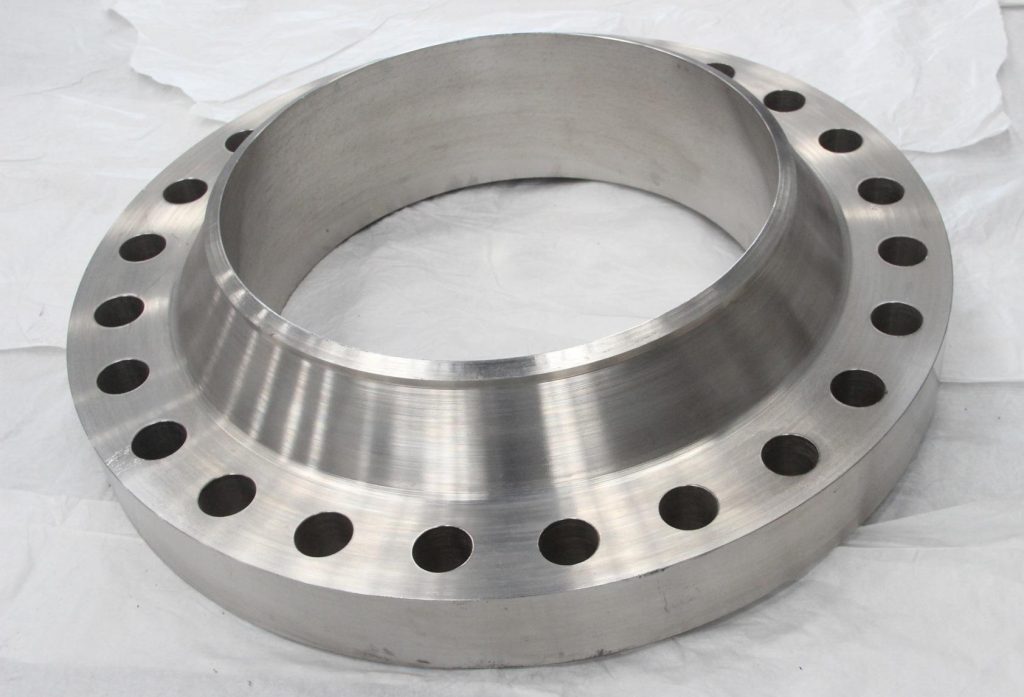
III. Defining Pipe Diameter ID or OD
Defining pipe diameter as either ID or OD involves using specific methods and tools to ensure precision and accuracy.
To measure the OD, a variety of tools can be employed, such as calipers, micrometers, or tape measures. These tools are used to measure the outer circumference of the pipe accurately. By measuring the widest point, the OD can be determined. This measurement is crucial for selecting fittings and assessing the structural strength of the pipe.
On the other hand, assessing the ID requires specialized tools designed to measure the inner circumference of the pipe. Tools such as bore gauges or ID micrometers are commonly used for this purpose. By measuring the narrowest point within the pipe, the ID can be accurately determined. This measurement is essential for understanding the pipe’s flow capacity and selecting appropriate pipes for fluid transportation.
The choice between measuring ID or OD depends on several factors. For external fittings, it is necessary to measure the OD to ensure proper fitting and compatibility. On the other hand, determining the ID is crucial for assessing flow capacity and selecting the appropriate pipe size for efficient fluid transportation. The specific requirements of the industry or application will determine the preferred measurement method.
Regardless of whether ID or OD is being measured, precision and accuracy are of utmost importance. Even slight deviations in measurements can lead to improperly fitting fittings, compromised structural integrity, or inefficient fluid flow. Precision in defining pipe diameter ensures proper functionality, enhances safety and avoids costly mistakes.
YANHAO recognizes the significance of precision and accuracy in defining pipe diameter. Our team of experts utilizes advanced measurement techniques and tools to provide clients with the most accurate OD and ID measurements. We understand the critical role these measurements play in various industries and applications, and we are committed to delivering precise and reliable results to meet our client’s specific requirements.
IV. YANHAO’s Expertise in Pipe Diameter Identification
YANHAO has a wealth of experience and expertise in accurately identifying pipe diameters for a wide range of industries. With years of working in the field, we have mastered the techniques and methods necessary to ensure precise measurements of both ID and OD.
Our team of experts is highly trained and knowledgeable in understanding the specific requirements and challenges of each industry. Whether it’s the oil and gas sector, chemical processing, construction, or any other industry, we have the expertise to accurately identify pipe diameters to meet the unique needs of each client.
At YANHAO, we prioritize reliability and trustworthiness in our services. We understand that accurate pipe diameter identification is crucial for proper fittings, efficient fluid flow, and structural integrity. Therefore, we adhere to strict quality control measures to ensure our measurements are precise and reliable. Clients can rely on our services with confidence, knowing that they are receiving accurate information to make informed decisions and ensure successful project outcomes.
In terms of innovative techniques and technologies, YANHAO utilizes advanced tools and equipment to enhance the accuracy and efficiency of pipe diameter identification. We employ state-of-the-art measurement devices, including laser scanners and digital imaging systems, to ensure precise and non-destructive measurements. These technologies allow us to capture detailed data, analyze complex geometries, and deliver accurate measurements quickly and efficiently.
Additionally, we invest in continuous research and development to stay at the forefront of industry advancements. By keeping up-to-date with the latest trends and technologies, we can provide cutting-edge solutions to our clients, ensuring their needs are met with the highest level of expertise and innovation.
When it comes to pipe diameter identification, YANHAO stands as a reliable and trusted partner for various industries. Our experience, expertise, and commitment to precision make us the go-to choice for accurate and reliable measurements, setting us apart as a leader in the field.
V. Conclusion
In conclusion, accurately defining pipe diameter is crucial for proper fittings, structural integrity, and efficient fluid flow. The choice between measuring OD or ID depends on the specific requirements of the industry or application.
Measuring OD involves tools like calipers or micrometers to determine the outer circumference, whereas measuring ID requires specialized tools like bore gauges or ID micrometers to assess the inner circumference.
YANHAO has extensive experience and expertise in accurately identifying pipe diameters for various industries. Our team of experts utilizes advanced measurement techniques and tools to provide precise and reliable measurements of both ID and OD.
Our commitment to precision, reliability, and quality control ensures that our clients can trust our services for accurate pipe diameter identification. We continuously invest in innovative technologies to stay at the forefront of the industry, allowing us to deliver cutting-edge solutions tailored to our client’s specific needs.
If you have any queries or require services related to pipe diameter identification, YANHAO is here to help. Contact us today to benefit from our expertise and ensure the success of your projects. Trust YANHAO for all your pipe diameter needs.
Lewis Liu
Hello, I am Lewis Liu, a professional sales engineer with over ten years of experience in the flange fittings industry. I am highly knowledgeable in flange selection, installation, and maintenance. I am passionate about providing customers with the best solutions to ensure their pipeline systems run smoothly, safely, and reliably.
If you have any questions or concerns regarding flange fittings for your pipelines, whether it’s about selection, material choice, specification requirements, or any other aspect, please feel free to contact me at any time. I am committed to offering professional advice and assistance to help you make informed decisions and meet your needs.

